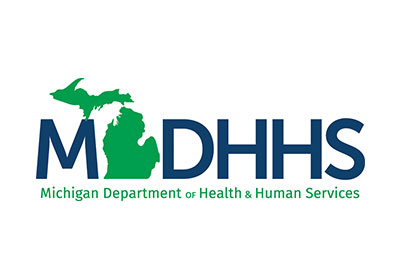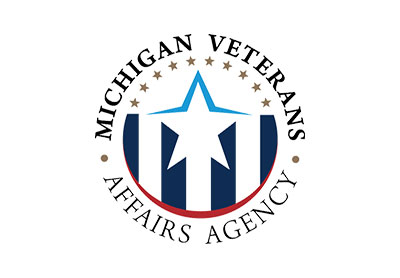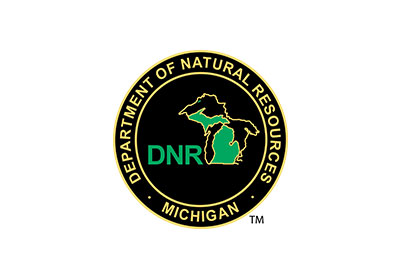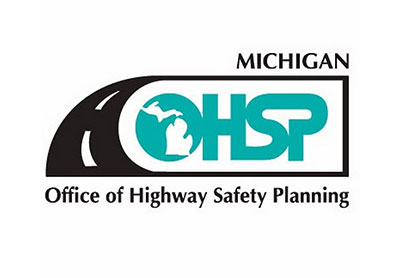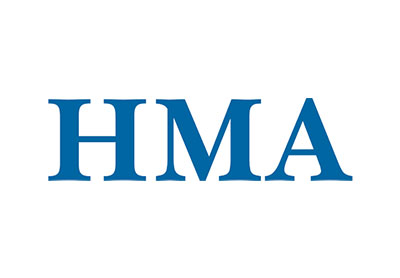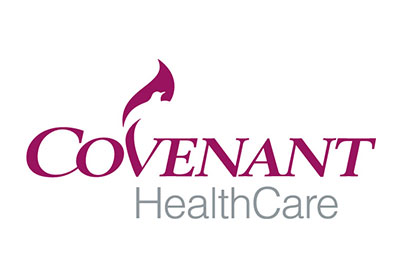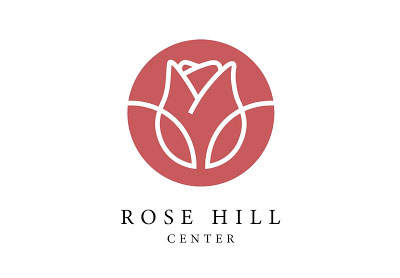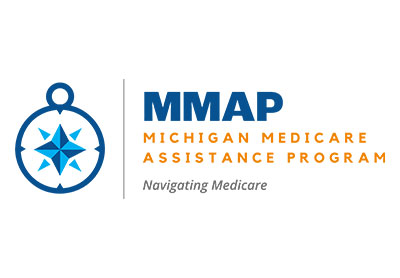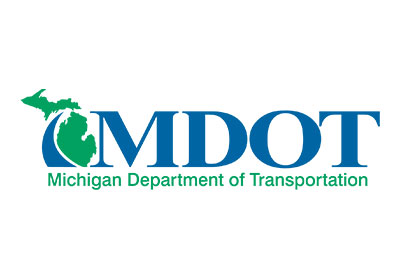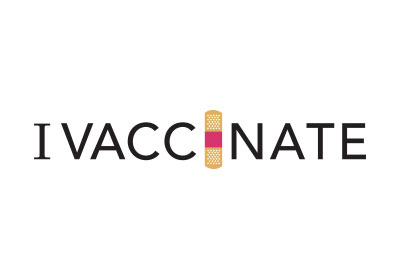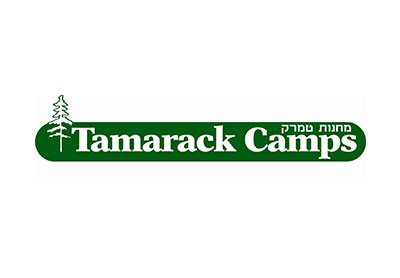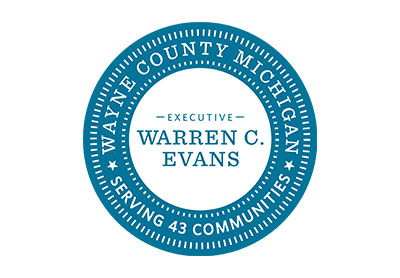Mr. Mucus is meant to be gross. The snot monster and antihero should make cold sufferers reach for Mucinex. Same goes for the cute, overactive, texting bladder in Myrbetriq’s ad. They’re memorable, but do consumers miss critical information when the message comes from cartoon characters.
The U.S. Food and Drug Administration (FDA) wants to know.
Animation has been known to increase brand recall and association. But what happens when animation is used in pharmaceutical drug marketing campaigns?
The FDA will be studying the use of animation in pharmaceutical drug ads to better understand how these visuals affect consumer behavior. The main purpose of this study is to observe whether the use of animation has a detrimental effect on consumers’ recollection of the important safety information and drug side effects.
In order to gather these insights, the FDA will be performing two studies, with the employment of an advertising firm. The first will test creative that features human actors. The second will involve different levels of animation, including live actors transforming into animated figures or the use of animations to represent the illness, medication or patient.
What brands are currently using animation? Take a look.
1. Abilify
2. Jublia
3. Mucinex
4. Myrbetriq
5. Xifaxan
What are your thoughts? Let us know in the comments below.


